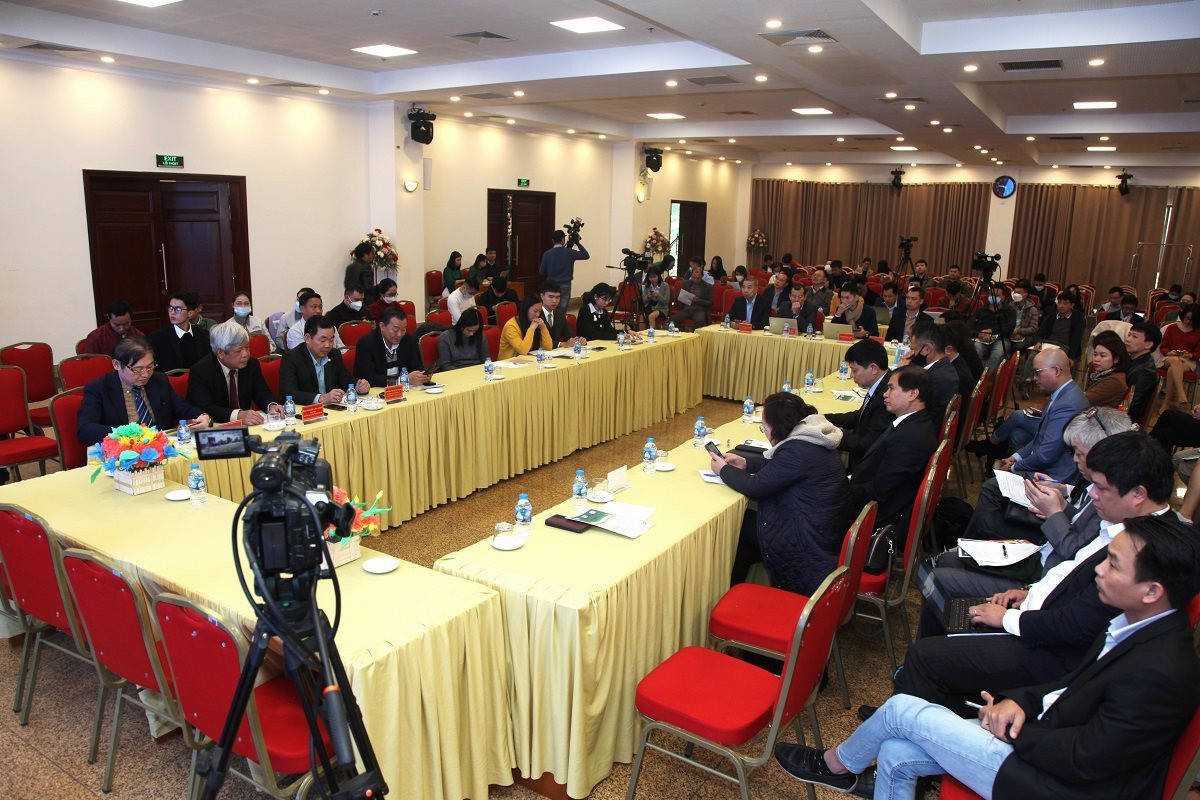Vietnamese enterprises are facing with their inexperience in the carbon credit market without any clear source of information regarding Carbon Border Adjustment Mechanism, newly-updated technical concepts and issues.

As a speaker at the seminar: “Responsibility of the community and enterprises in achieving the goal of net zero emissions by 2050” in collaboration with the Department of Climate Change (DCC), Vietnam Union of Science and Technology Associations (VUSTA), Vietnam Association for Clean Water and Environment (AWATEN) and Environment and Life Magazine, held on the morning of December 14 in Hanoi, Mr. Nguyen Quang Huan – Member of the 15th National Assembly, Committee on Science, Technology and Environment of the National Assembly – has commented on the impact of Carbon Border Adjustment Mechanism on the import-export activities of Vietnamese enterprises and specific adaptation solutions: Currently, the EU is the leader with many solutions on policy, finance and technology for emission reduction. Therefore, from 2023, the European Union (EU) will pilot the application of the Carbon Border Adjustment Mechanism (CBAM), while the US is also expected to apply this Mechanism as of 2024. As a result, goods exported to these markets will be subject to a carbon tax based on the intensity of greenhouse gas emissions in the production process in the host country.
Vietnam has committed to achieve net zero emissions by 2050 (COP26). However, pursuant to Law on Environmental Protection 2020, Article 139 on the organization and development of the carbon market (no specific mechanism has been promulgated or detailed by Decrees, Circulars and guidelines). For example, as regards renewable energy, enterprises are struggling with selling carbon credits to countries around the world because there is currently no standards agreed and approved by a State authority. The enterprises have to develop the market by themselves and determine different prices for the transaction, charging with a lower price than the European market. Without a transparent carbon credit market, the forest growers – the builders of carbon sequestration sinks – are not able to benefit from forestry. Currently, our poverty reduction plan is mainly farmer-centralized, typically in the Northern mountainous areas, the local residents and forest owners cannot maintain production forests in the long term. The application of carbon credits helps create livelihoods for the residents, acting as a source of income and motivation to protect the forests.
In order for Vietnam’s carbon market to officially come into operation as of 2028, we need to prepare from now on.

Speaking of challenges, with a commitment to Net Zero emissions, it is not simple for Vietnam as well as developing countries to maintain rapid growth rates while ensuring green development.
Mr. Huan stated that, firstly, domestic laws, mechanisms and policies have not kept pace with the international ones.
Secondly, Vietnamese enterprises are not familiar with the carbon credit market and do not have a clear source of information about CBAM, newly-updated specialization concepts and complicated technical issues.
Thirdly, the source of access to the credit market is limited.
At the seminar, Mr. Nguyen Quang Huan proposed solutions: Establish a financial-technical model to achieve Net Zero (2050) and distribute it by industries. Develop a policy to impose carbon tax on domestic products. Study the operating mechanism of the global carbon credit market and apply it in Vietnam (from 2023).
Source: Environment and Life E-magazine

